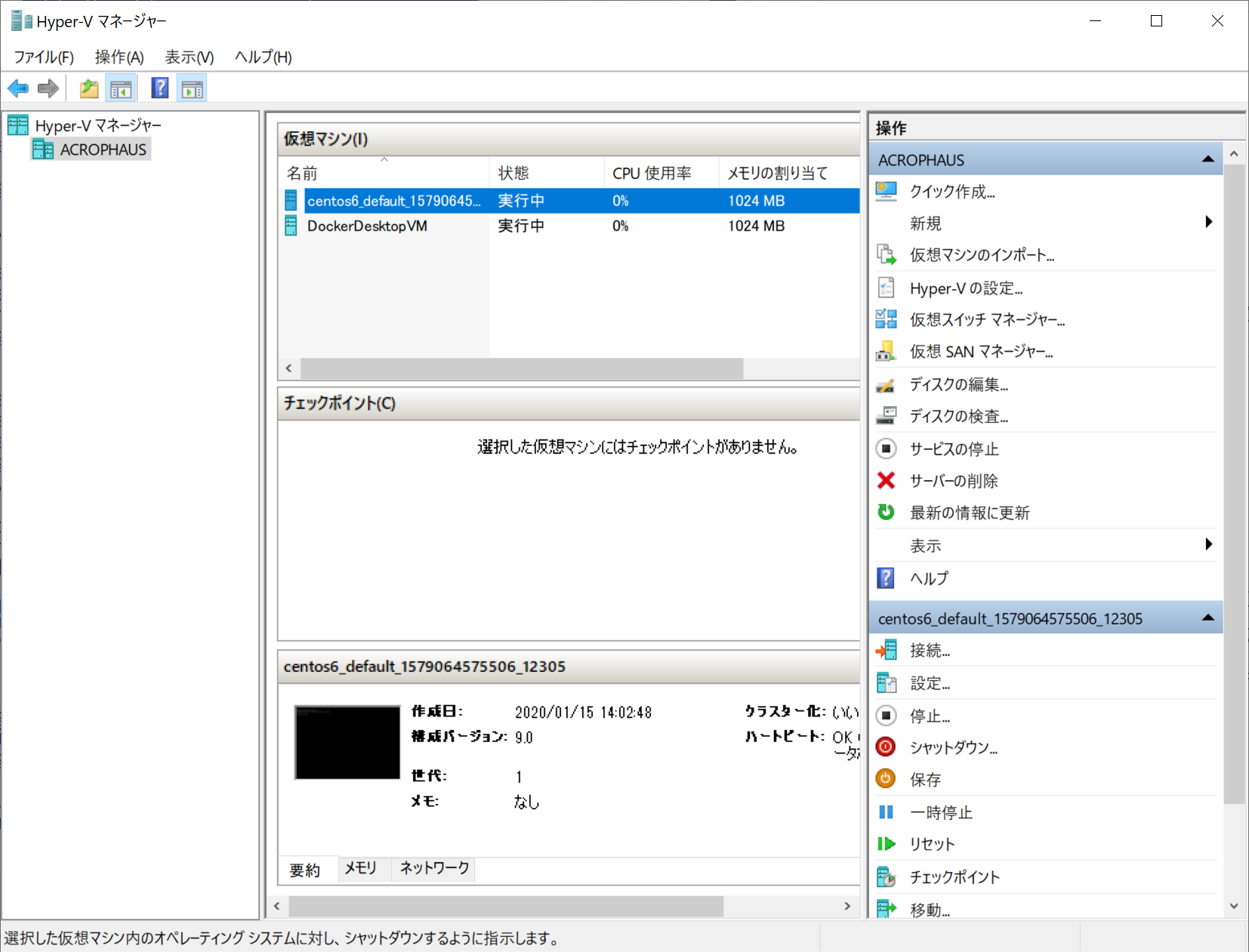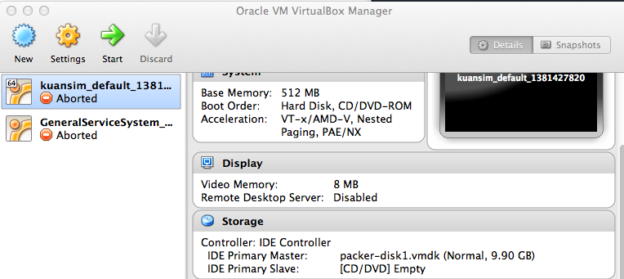

- #Vagrant centos how to
- #Vagrant centos install
- #Vagrant centos update
- #Vagrant centos password
- #Vagrant centos series

Use the following command to destroy the virtual machine and related resources: vagrant destroy When you are done, stop the virtual machine and run: vagrant halt To enter the virtual machine via ssh, enter: vagrant ssh Vagrant also mounts the project directory to the /vagrant of the virtual machine, which allows you to continue working on the host. If the box does not exist locally, it will be downloaded automatically. => default: Rsyncing folder:/home/linuxize/Vagrant/my-vagrant-project/=>/vagrant => default: Configuring and enabling network fault: SSH address:192.168.121.24:22default: SSH username: vagrant Run the vagrant up command to create and configure the virtual machine defined in the Vagrantfile. You can open Vagrantfile with your text editor and make adjustments according to your needs. ` `for more information on using Vagrant. The comments in the Vagrantfile as well as documentation on Ready to `vagrant up` your first virtual environment! Please read Run the following command to initialize a new Vagrantfile: vagrant init ubuntu/bionic64Ī `Vagrantfile` has been placed inthis directory.
#Vagrant centos series
You can find a series of publicly available Vagrant boxes in Vagrant box catalog The box is a package format used in the Vagrant environment. It uses Ruby syntax to define configuration files. Vagrantfile is a configuration file that is used to describe how the virtual machine is configured and allocated. The next step is to use vagrant init to initialize a new Vagrantfile and specify the box you want to use.

Create a project directory and switch to it: mkdir ~/my-vagrant-project The first step is to create a directory as the project root directory. Make sure you have installed VirtualBox on your CentOS 8 system. Now assuming that you have installed Vagrant on your CentOS system, let's use VirtualBox to create a development environment, which is the default provider of Vagrant. This command will print the Vagrant version number: Vagrant 2.2.6 Once the installation is complete, run the following command to verify that Vagrant was successfully installed: vagrant -version
#Vagrant centos install
To install Vagrant on your CentOS machine, enter the following command as root or another sudo user: sudo dnf install Browse Vagrant download page to see if a new version is available. Install Vagrant on CentOS 8Īt the time of writing this article, the latest stable version of Vagrant is 2.2.6.
#Vagrant centos how to
We will also show you how to create a development environment. In this guide, we will explain how to install Vagrant on CentOS 8. Vagrant is usually used by developers to build a development environment that matches the production environment. Support other providers, for example, Libvirt (KVM), VMware and AWS can be enabled through the Vagrant plug-in system. By default, Vagrant prepares the environment on VirtualBox, Hyper-V, and Docker.
#Vagrant centos update
Existing users can now upgrade their boxes directly through Vagrant using the " vagrant box update -box centos/7" command, and newcomers can grab the official images from Hashicorp’s Atlas, here and here.Vagrant is a command line tool for building and managing virtual development environments. To decrease the boot time, the new Vagrant Box 1607 images also set the GRUB timeout to one second.
#Vagrant centos password
The CentOS Linux 7 and CentOS Linux 6 x86_64 Vagrant Box 1607 images are now available for the Oracle VirtualBox and LibVirt virtualization software, and they set the default Vagrant sync directory to /vagrant, disable sshd DNS lookups by default, and set the root password to "vagrant" (without quotes). "I would like to invite everyone to come join us and help extend the scope of this work, as well as improve the current results." Available for the LibVirt and the VirtualBox providers in Vagrant "We are doing all of our work, including build scripts and build content for these Vagrant Boxes as a part of the CentOS Cloud Instance SIG," says Karanbir Singh. The Vagrant Boxes can be easily compared with the CentOS Cloud and CentOS Minimal flavors. The Vagrant Box editions of CentOS Linux 7 and CentOS Linux 6 consist of a minimal set of packages and are designed for system administrators who want to build a barebone CentOS server on virtual environments. Vagrant, the open-source and cross-platform virtual development environment creation software, has always been an important part of the CentOS GNU/Linux distribution, which is based on the freely distributed sources of the commercial Red Hat Enterprise Linux (RHEL) operating system and the preferred OS for servers. CentOS maintainer Karanbir Singh has announced today, August 10, 2016, the release and immediate availability for download of 64-bit (x86_64) Vagrant Box images for the CentOS Linux 7 and CentOS Linux 6 operating systems.


 0 kommentar(er)
0 kommentar(er)
